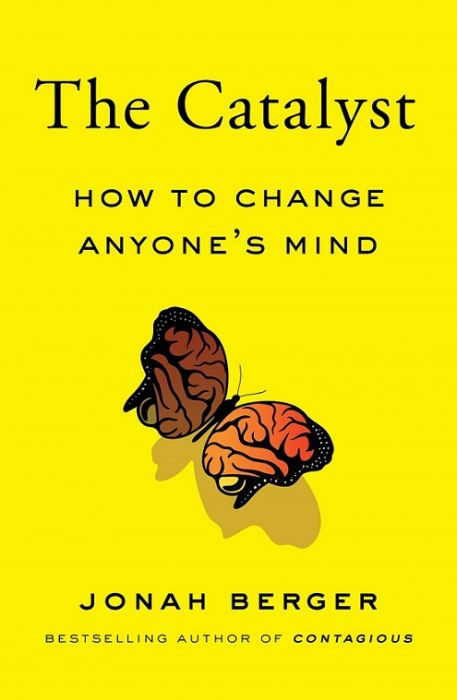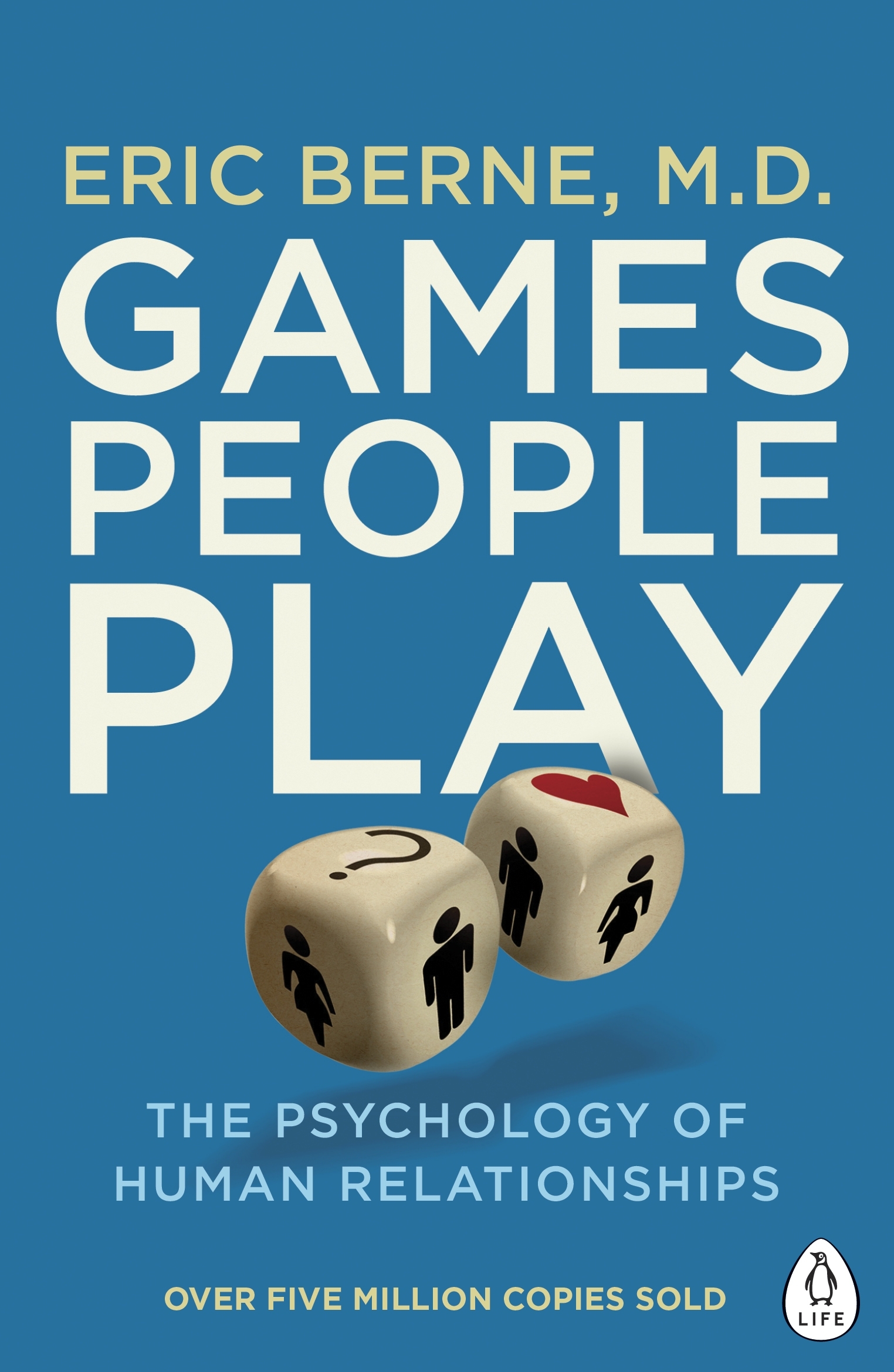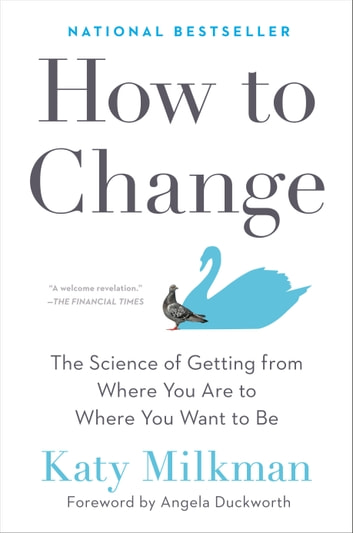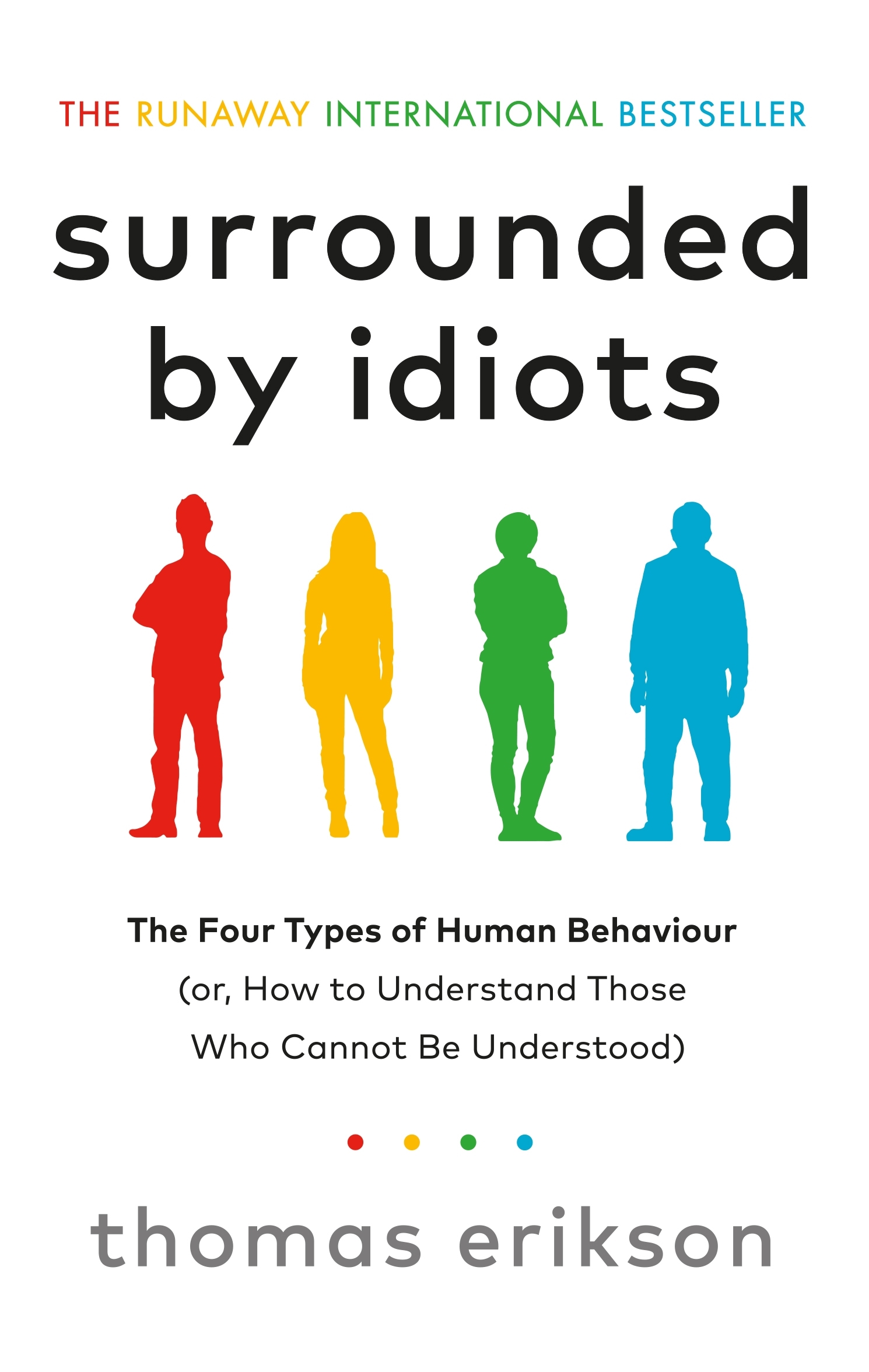Factfulness
by Hans Rosling
- Behaviour
- Ashto =
- Jonesy =
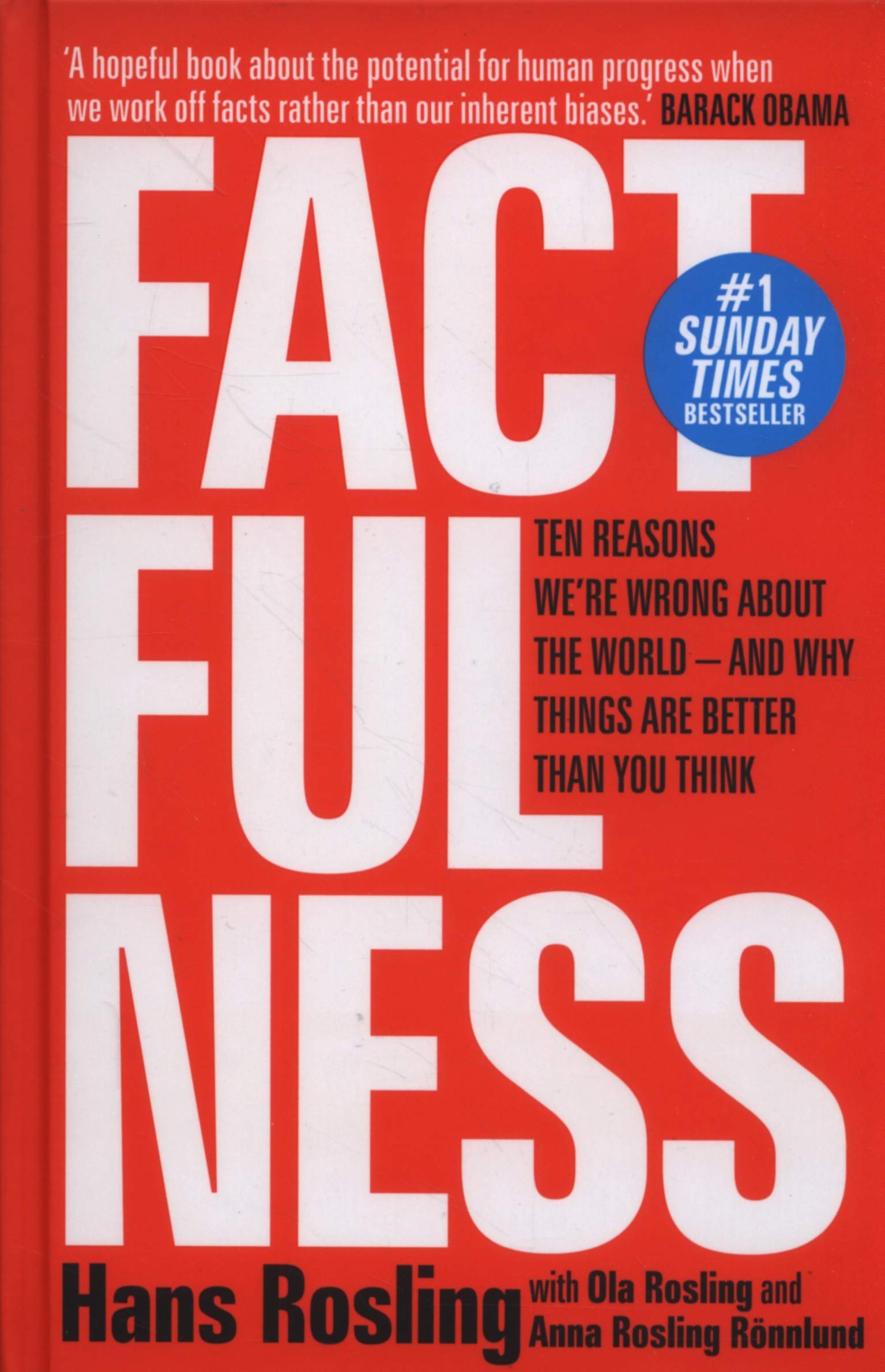
Factfulness – by Hans, Ola and Ana Rosling
Factfulness shows us when we think about the world – poverty, violence, war, man made disasters, climate change and corruption – it seems that things are bad and feel like they’re getting worse. Factfulness shows us this isn’t the actually the case – we’re the victim of many cognitive biases that cloud our judgement and that lead to an overdramatic worldview. This book shines a light on our ‘mega misconceptions’ and offers you a way to upgrade your thinking.
Grab a copy of the book: https://www.bookdepository.com/Factfulness-Hans-Rosling/9781473637467/?a_aid=adamsbooks
Factfulness Summary
Think about the world: war , violence, natural disasters, man-made disasters and corruption. Things are bad and feel like they’re getting worse, right? The rich are getting richer, the poor are getting poorer and the number of poor just keeps increasing. Soon we’ll run out of resources unless we do something drastic. At least this is the picture most westerners carry in our heads. Hans calls it the overdramatic worldview, it’s stressful and misleading.
In fact Factfulness shows the vast majority of world’s population lives somewhere in the middle of the income scale. Perhaps they are not what we think of middle class, but they’re not in extreme poverty. Step by step, year by year the world is improving.
The Gap Instinct
The child mortality rate takes the temperature of a whole society, like a huge thermometer. Children are very fragile, there are so many things that can kill them. Their parents and society managed to protect them from all the dangers that could have killed them, things like germs, starvation, violence etc. The childhood mortality rate in 1960 in Saudi Arabia was 242/1000, today it is just 35 and dropping fast. There is actually no country in the world where the childhood mortality rate has increased, because the world in general terms is getting better.
But it isn’t just the childhood mortality rate. If you measure many other metrics such as income level, tourism, democracy, access to education and electricity, it has the exact same story. Since 1965 there has been a huge improvement with minimal difference between what we call the developing and developed world.
We used to call it ‘first world’ and ‘third world’. Then we talk about the ‘developed world’ VS the ‘developing world’ but what we really mean is the ‘rich’ countries VS the ‘poor’ countries. Some call it ‘The West and the Rest’. The world used to be divided into two but it isn’t any longer. We should all stop using simple binary pairs of categories, it’s not that easy. Freakonomics breaks it down into 4 categories where there are significant differences between each group. Think of the 4 levels like a computer game. Everyone wants to go upwards from level 1. Except it’s hard because level 1 is the hardest. Lets play.
Level 1 – $2 a day – 1 billion people
You start on level 1 with 1$. Your 5 children spend hours walking barefoot with a single plastic bucket for water. You fetch water from a dirty mud hole. One day your youngest daughter gets a nasty cough, smoke from the indoor fire is weakening her lungs. You can’t afford antibiotics, so a few months later she’s dead. You struggle on… you can maybe sell surplus crops and earn more than $2 a day and eventually reach Level 2.
Level 2 – 4$ a day – 3 billion people live like this today
What now will you do with all of the extra money? You can buy food that you didn’t grow yourself, and can afford chickens – which means eggs. You can save money for sandals and a bike, and more plastic buckets. It now only takes 30 mins to fetch water each day. You buy a gas stove so your children can go to school instead of gathering wood. When there’s power they do there homework under a bulb, but electricity is too unstable for a freezer. A single illness you’d have to sell all your possessions (putting you back to L1).
Level 3 – (8 – 32$) – 2 billion people live like this today
Wow you did it – you work multiple jobs, 16 hours a day, 7 days a week and earn $16 a day. Your savings are impressive and you can buy a cold water tap, no more fetching water. Two of your children start high school, manage to finish so they can get better jobs than you ever had. To celebrate you take the fam on vacation.
Level 4 – >32$ a day – 1 billion people live like this today
You are a rich consumer, $3 extra a day doesn’t make a big difference. You have more than 12 years of education. You can eat out once a month and buy a car maybe even buy a copy of freakonomics and you can have hot and cold showers.
The thing known as poverty in your country is different from “extreme poverty”…. It’s “relative poverty”. In the US, for example, people are classified as below the poverty line even if they live on level 3. So the struggles that go on in L1, L2 and L3 will most likely be unfamiliar to you and they are not described helpfully in any way in the mass media you consume. When you are on L4, everyone on L3, L2 and L1 can look equally poor. Anyone who has looked down from the top of a building knows its difficult to assess from there the differences in height of the buildings nearer the ground, they all look kind of small. In the same way, we divide the world into rich (at the top of the building, like you) and poor (down there, not like you).
Freakonomics says there are 5 global risks that pose a real threat and worth worrying about:
Global pandemic: The Spanish Flu swept across the world and killed 50 million people – more than the war had. Some experts suggest that the flu is still the most dangerous threat to human health. It flies through the air on tiny droplets which can easily be spread.
Financial collapse: In a globalized world, the effects of financial bubbles are devastating. They can crash the economies of entire countries and put huge numbers of people out of work creating disgruntled citizens looking for radical solutions, potentially crashing the world economy.
World War 3: We need Olympic games, international trade, educational exchange programs, free internet – anything that lets us meet across ethnic groups and country boarders. We must strengthen the safety nets for world peace.
Climate change: It requires a sense of global solidarity to the needs of different people on different income levels. But we cannot claim solidarity if we deny the 1 billion most needy access to electricity.
Extreme poverty: It is here where Ebola outbreaks come from, civil wars start out of desperation for food. Terrorists hide in the few remaining areas of extreme poverty. There is no innovation needed to end poverty, it’s all about walking the last mile we’ve walked everywhere else. The next generation will be a runner in a very long relay race.
Buy a copy of factfulness from this link in our Top 50




